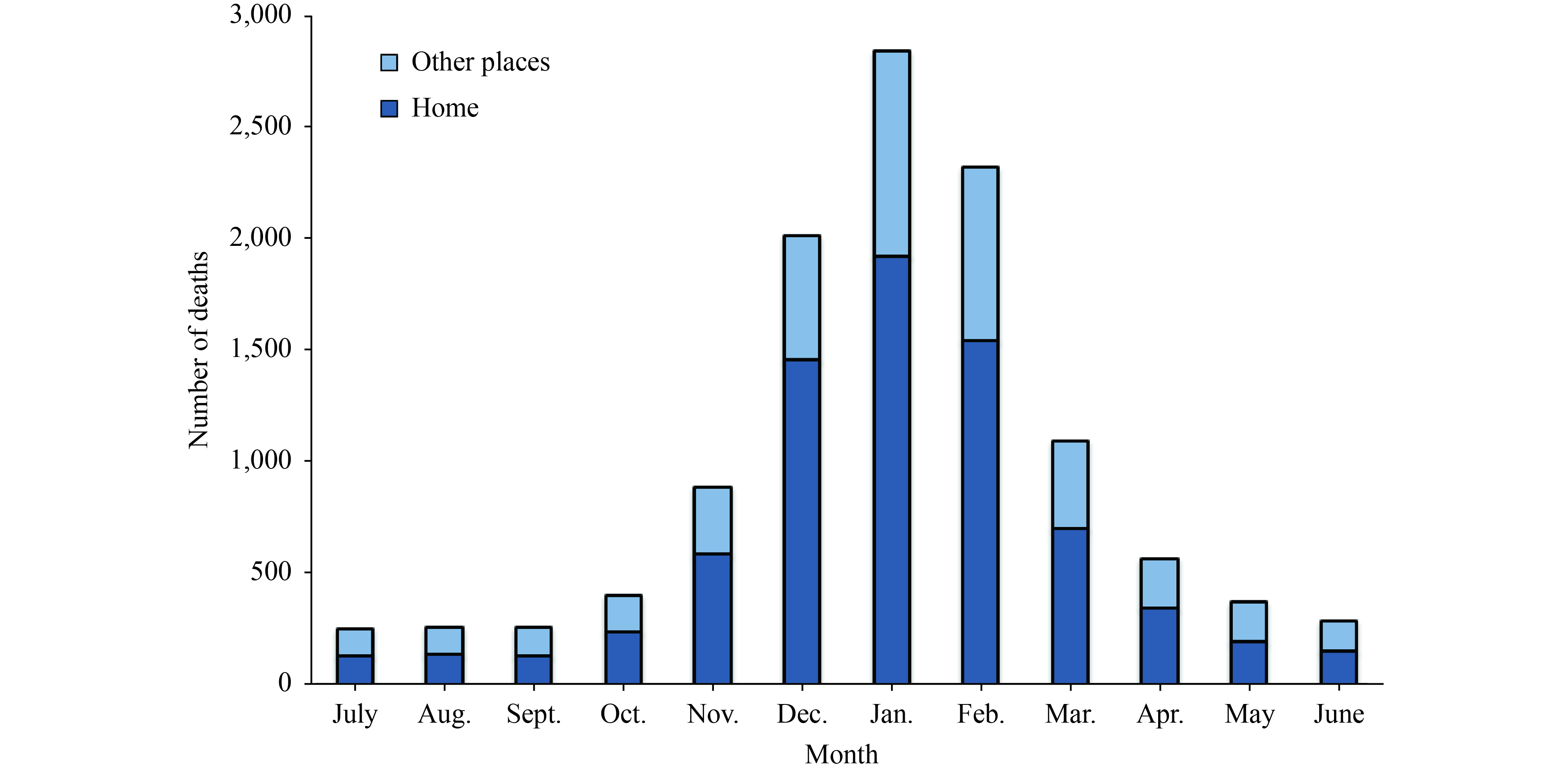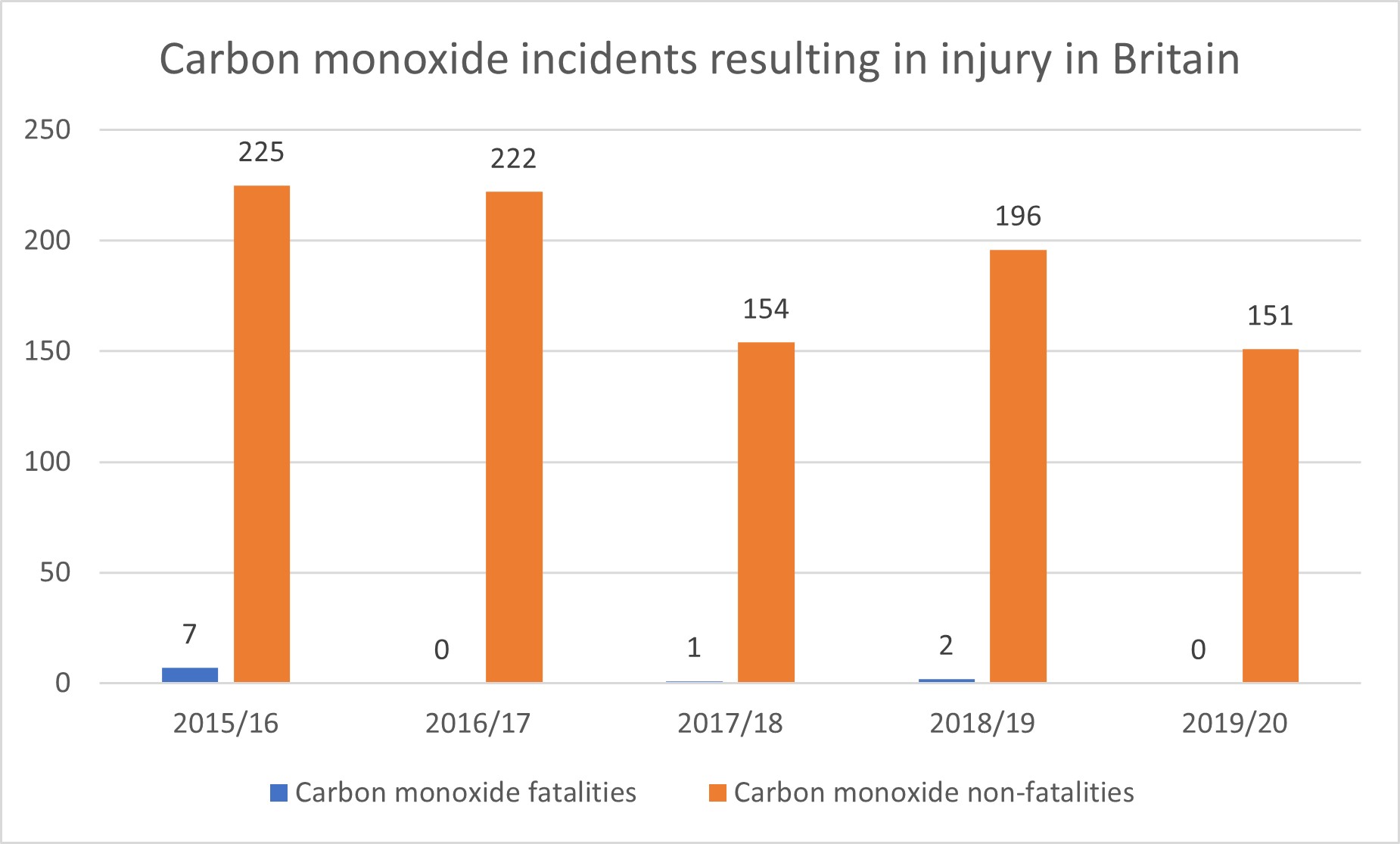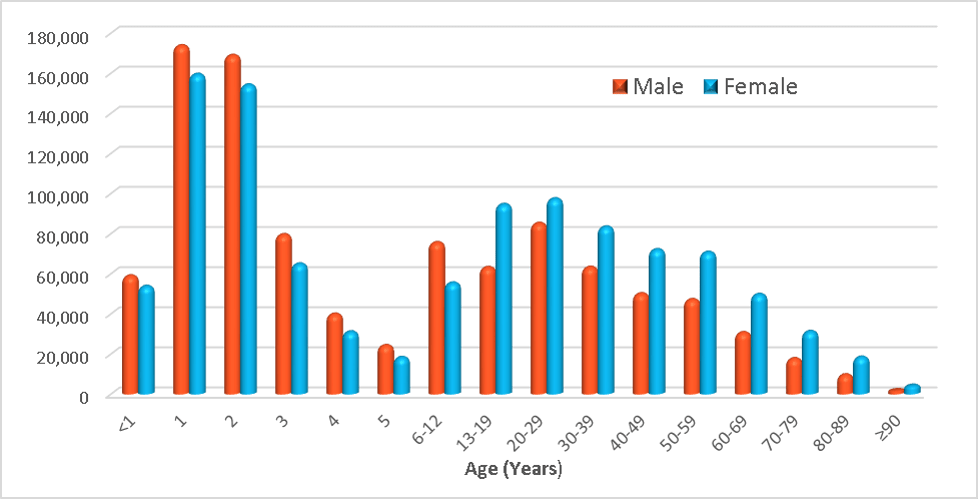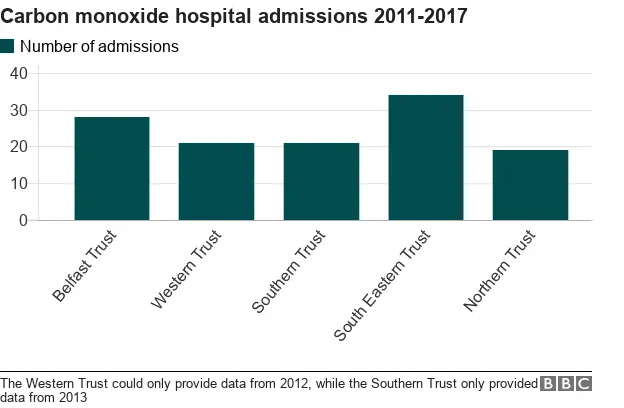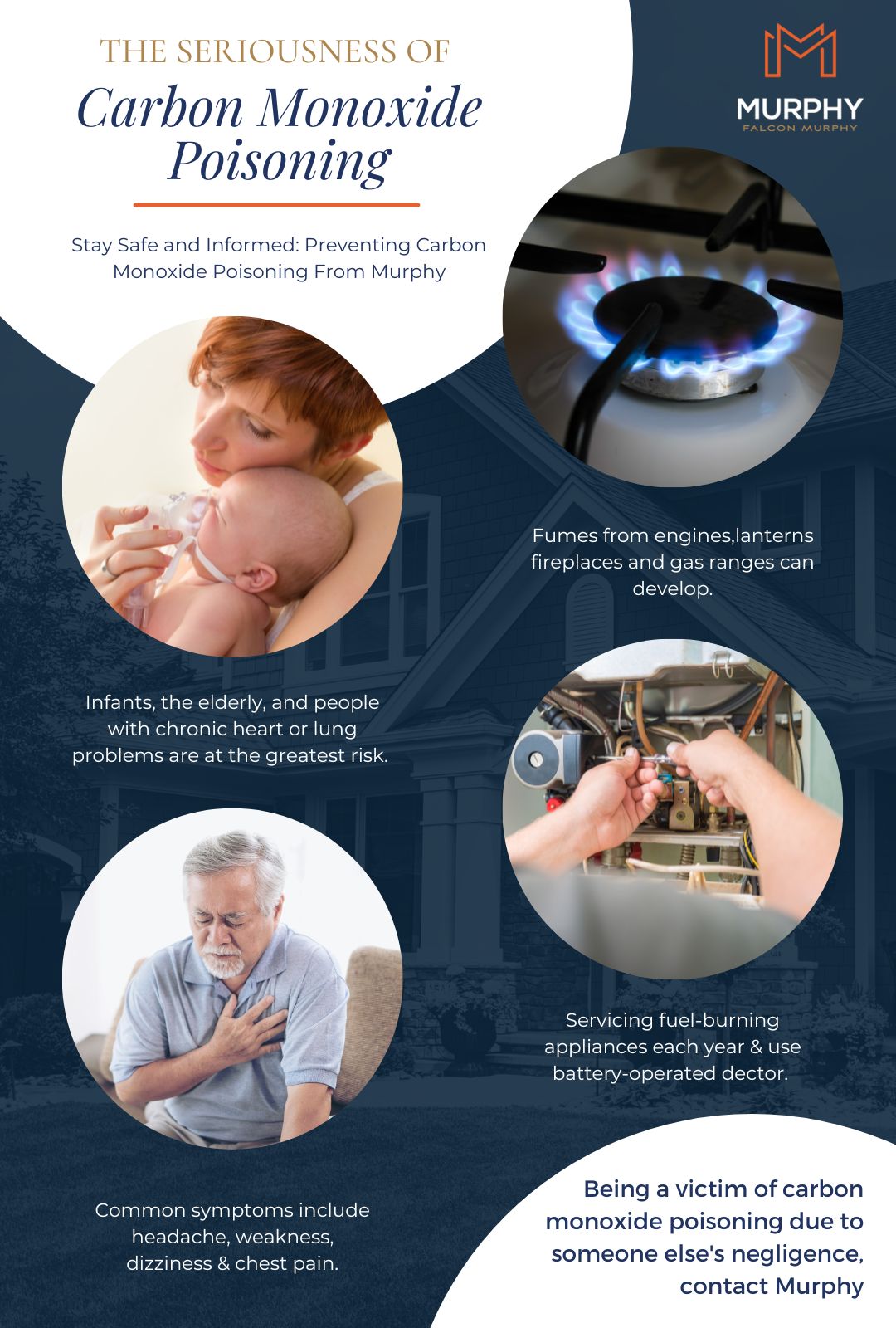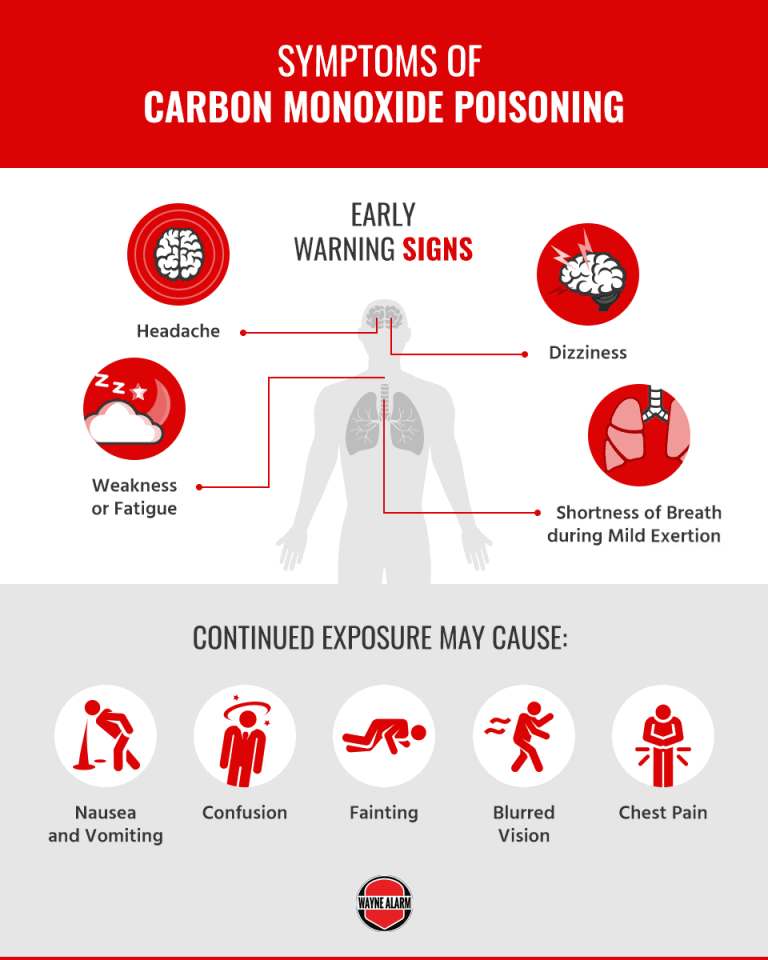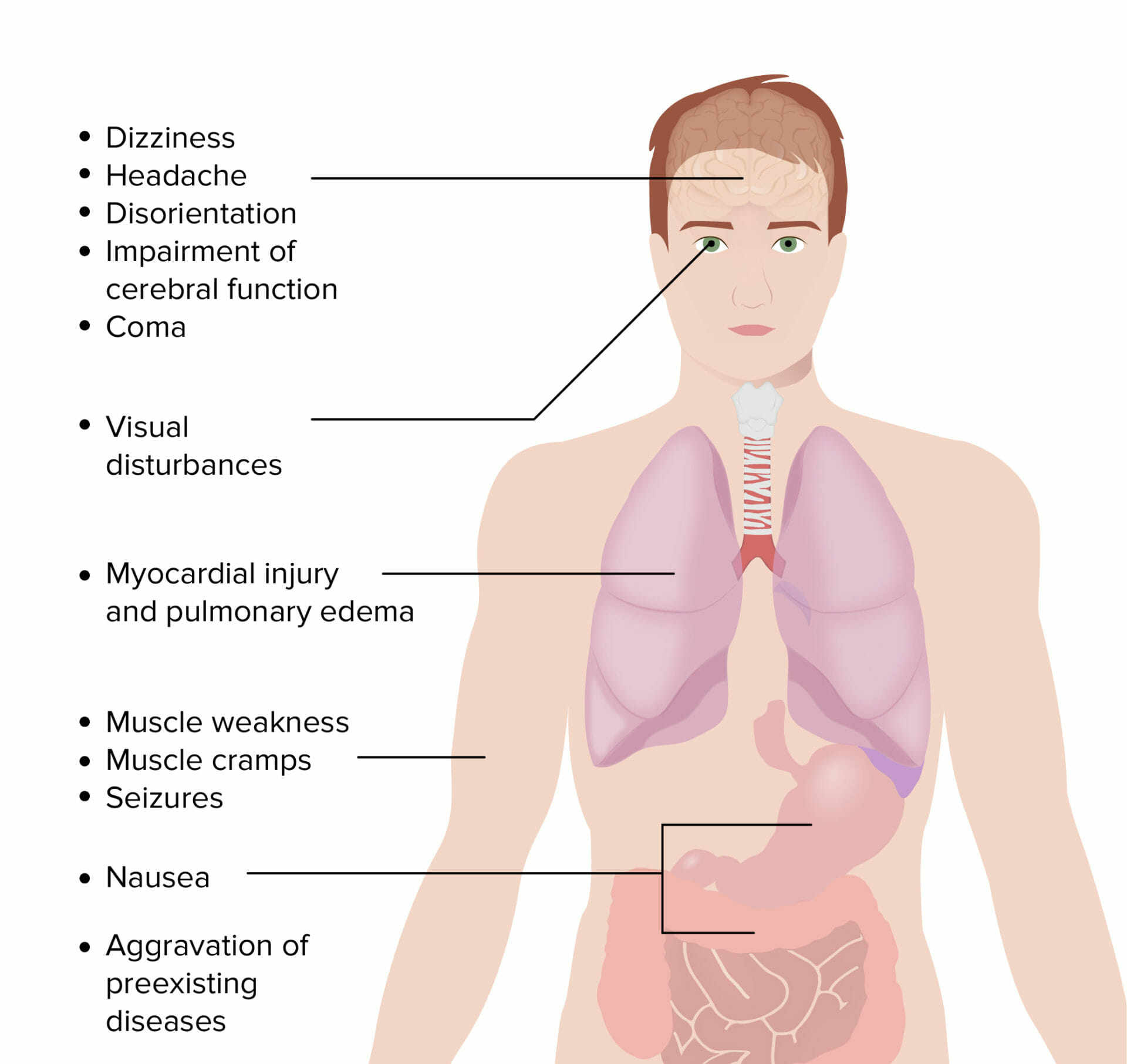Carbon Monoxide Poisoning Deaths Per Year Worldwide

Imagine a silent, invisible threat lurking in the heart of homes across the globe. A threat that claims lives with each passing year, often without a sound or a warning. This insidious danger is carbon monoxide, a gas so subtle that it's earned the chilling moniker "the silent killer."
The sheer scale of carbon monoxide poisoning worldwide is a pressing public health issue, claiming tens of thousands of lives annually. While exact figures vary due to underreporting and inconsistent data collection, the global impact is undeniably significant, with low- and middle-income countries bearing a disproportionate burden.
Carbon monoxide (CO) is a colorless, odorless, and tasteless gas produced by the incomplete combustion of carbon-containing fuels. These fuels include natural gas, propane, oil, wood, and gasoline.
Faulty furnaces, blocked chimneys, malfunctioning gas appliances, and running vehicles in enclosed spaces are common sources of CO in residential settings. Portable generators, often used during power outages, also pose a significant risk if improperly ventilated.
Globally, the World Health Organization (WHO) estimates that unintentional carbon monoxide poisoning results in thousands of deaths each year. However, they point out that the true burden is likely much higher due to limited surveillance and diagnostic capabilities in many regions.
Estimates for the United States, for example, from the Centers for Disease Control and Prevention (CDC), show several hundred deaths annually. But even these numbers are considered conservative.
Data collection challenges are especially pronounced in developing countries. Factors like reliance on open fires for cooking and heating, poorly maintained appliances, and a lack of awareness contribute to higher rates of poisoning. This is according to studies published by the National Institutes of Health (NIH).
In many areas of the world, open fires fueled by wood, charcoal, or dung are still the primary source of heat and cooking energy. These fires, often used indoors with inadequate ventilation, release high levels of carbon monoxide, exposing entire households to the deadly gas.
Furthermore, older and poorly maintained appliances, especially those using gas or kerosene, are widespread in lower-income communities. Leaks and incomplete combustion dramatically increase CO levels.
Lack of awareness and access to CO detectors also contributes to the problem. Many people in these regions are unaware of the dangers of carbon monoxide or the symptoms of poisoning, delaying medical intervention.
Developed nations have seen successes in reducing CO poisoning deaths through public awareness campaigns, stricter building codes, and the mandatory installation of CO detectors. Carbon monoxide detectors are often battery-operated or plug into electrical outlets, constantly monitoring the air for dangerous CO levels.
These devices sound an alarm when CO levels exceed a safe threshold, providing occupants with crucial time to evacuate and seek medical attention. These strategies have proven effective, and similar approaches could be adapted and implemented in other regions.
Education is paramount in preventing carbon monoxide poisoning. Public health campaigns that clearly explain the sources of CO, the symptoms of poisoning, and the importance of proper ventilation are crucial.
These campaigns can utilize various channels, including television, radio, social media, and community outreach programs. The messages should be tailored to specific cultural contexts and language needs, ensuring accessibility and understanding.
Improving access to affordable and reliable CO detectors is another key component of a comprehensive prevention strategy. Governments and non-governmental organizations can subsidize the cost of detectors, making them accessible to low-income households.
Additionally, integrating CO detectors into building codes and rental regulations can further ensure widespread adoption. The Consumer Product Safety Commission (CPSC) strongly recommends carbon monoxide detectors on every level of a home and outside each sleeping area.
Enhancing regulations and enforcement regarding appliance safety is also essential. Regular inspections of gas appliances, particularly in rental properties, can identify and address potential hazards before they lead to poisoning incidents.
Training programs for technicians who install and repair appliances can ensure they are properly equipped to identify and correct CO-related issues. This should be done regularly, according to the American Society of Heating, Refrigerating and Air-Conditioning Engineers (ASHRAE).
The symptoms of carbon monoxide poisoning can be subtle and easily mistaken for other illnesses, such as the flu. These symptoms include headache, dizziness, weakness, nausea, vomiting, chest pain, and confusion. Prolonged exposure can lead to loss of consciousness, brain damage, and death.
Early recognition and prompt medical treatment are crucial for survival. If carbon monoxide poisoning is suspected, individuals should immediately move to fresh air and seek medical attention.
Treatment typically involves administering 100% oxygen, which helps to remove the carbon monoxide from the bloodstream. In severe cases, hyperbaric oxygen therapy may be required. The Mayo Clinic also recommends checking CO levels in your home after treatment.
Addressing the global burden of carbon monoxide poisoning requires a multi-faceted approach that combines prevention, education, and access to care. By raising awareness, improving appliance safety, and promoting the use of CO detectors, we can significantly reduce the number of lives lost each year to this silent killer.
The task is not merely about statistics; it's about protecting families, safeguarding communities, and ensuring that homes are havens of safety, not sources of hidden danger.
The silent threat of carbon monoxide demands our attention and action. Every life saved is a testament to our collective efforts to create a safer and healthier world for all.

